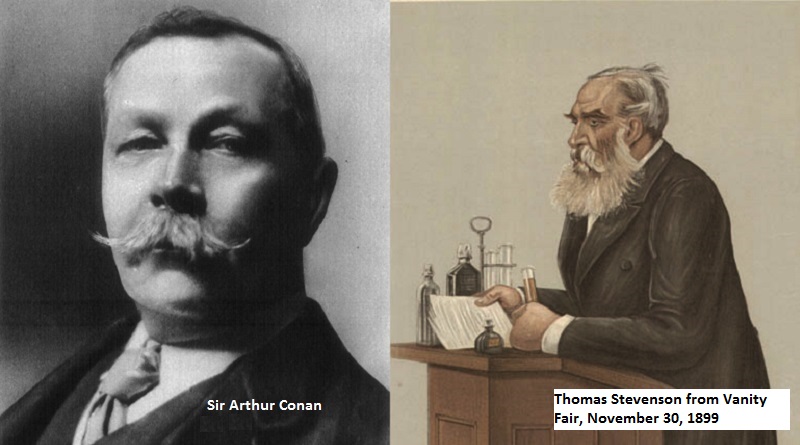South London Memories: The pioneering work of Streatham resident Sir Thomas Stevenson, Toxicologist and expert witness
The fear of being poisoned consumed the public in the Victorian era. Their panic was driven by easily available poisons, few ways to detect them and newspaper headlines about high profile cases – at least three of them in South London.
But the pioneering work of Streatham resident Sir Thomas Stevenson, who trained and worked at Guy’s Hospital, helped establish the use of medicine in detecting and prosecuting crime – a forerunner of the scientists we see today in Silent Witness. Here GRAEME MAIR looks back at the career of the toxicologist and expert witness and TOBY PORTER writes about his cases.
Sir Thomas Stevenson was the scientific expert whose crucial evidence helped decide the fates of defendants in four of the highest-profile poisoning murder cases in 15 years from 1886.
He worked at Guy’s Hospital and lived quietly in Streatham High Road when there was little more than the railway and some big houses there.
It can be little coincidence that Sir Arthur Conan-Doyle created Sherlock Holmes in 1887 and became one of the most popular authors in the world in the decades which followed – thanks also to the unsolved Jack the Ripper murders which began in 1888.
Sir Thomas’ famous poisoning cases included the Pimlico Mystery, The Maybrick Case, the Lambeth Poisoner, and the Borough Poisoner.
He was also the scientific mentor of the Nobel Prize winner Frederick Hopkins, who discovered vitamins.
Born into a farming family in North Yorkshire in 1838, Stevenson was privately educated and showed early talent as a chemist.
He entered Guy’s Hospital Medical School in 1859 and won gold medals in anatomy, forensic medicine, midwifery and organic chemistry.
He then became a lecturer in chemistry before, in 1878, succeeding Alfred Swaine Taylor – a renowned authority and the school’s first lecturer in forensic medicine.
But in 1872 he was appointed to the newly-created role of scientific analyst to the Home Office.
That saw him involved as an expert prosecution witness in the most notorious poisoning trials of the day.
These included the Pimlico Mystery, where Adelaide Bartlett was acquitted of murdering her wealthy grocer husband, Edwin, with chloroform.
Stevenson tested the contents of Edwin’s stomach, which had been delivered to him at Guy’s in jars. He confirmed chloroform was the only poison present – but he thought this could only have been self-administered.
Stevenson’s testimony also helped convict serial killer Dr Thomas Neill Cream, known as the Lambeth Poisoner.
His expert views also ensured the Borough Poisoner, George Chapman, who murdered three of his mistresses with the chemical antimony, went to the gallows.
Chapman was also suspected by some of being Jack the Ripper.
Solidly built with a long grey beard, Stevenson was an excellent communicator. Always well prepared for cross-examination, he was able to explain technical detail in language everyone could understand, such as the results of his tests on post-mortem samples.
He married Agnes Maberly in 1867 and they had two sons and five daughters.
He was knighted in 1904. Stevenson died of diabetes on July 27, 1908 at his home in Streatham High Road, Streatham and was buried at West Norwood Cemetery.
